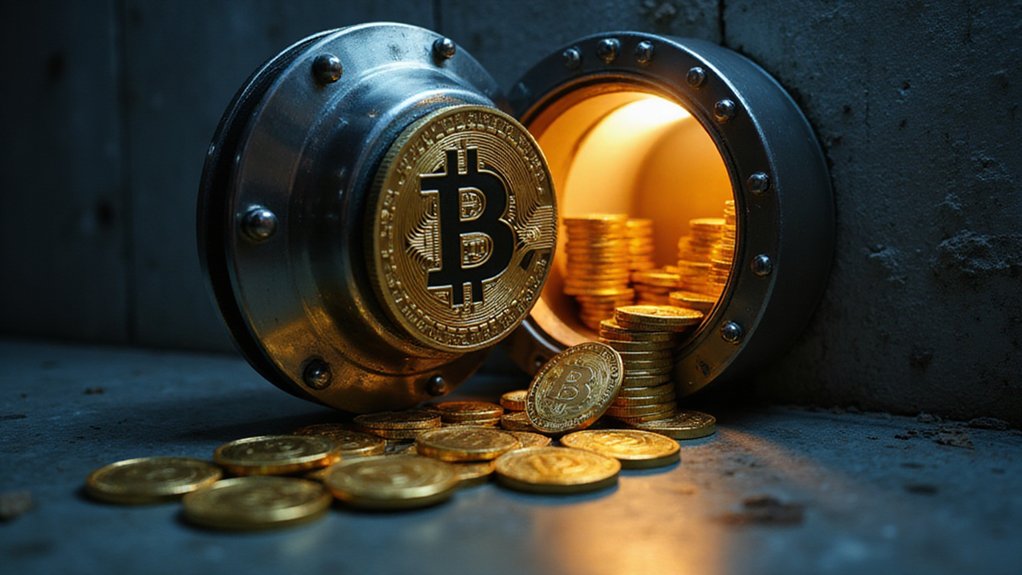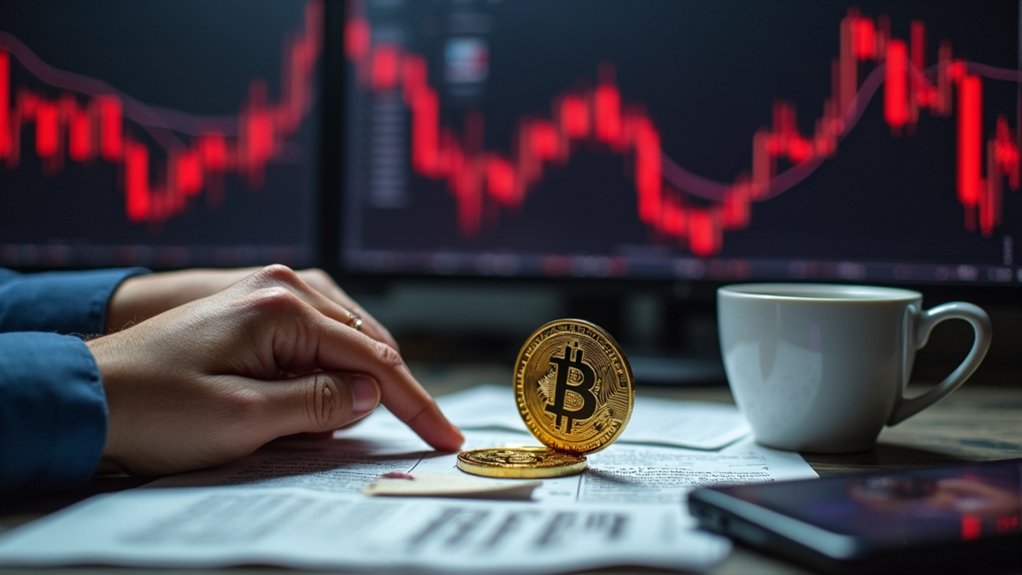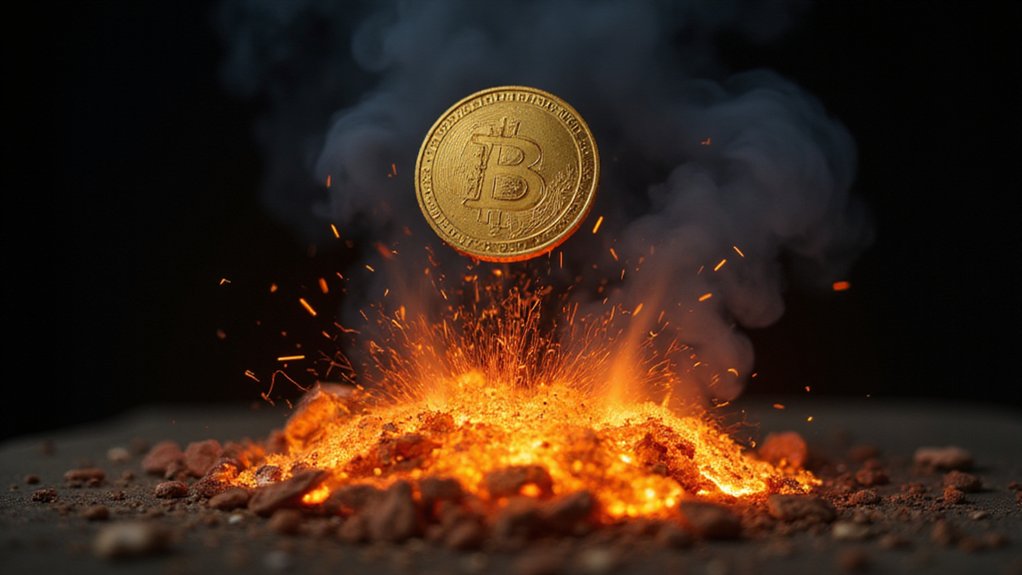In a watershed moment for cryptocurrency advocates, Vice President JD Vance delivered an unequivocal endorsement of Bitcoin as a cornerstone of America’s economic future during his keynote address at the Bitcoin 2025 Conference in Las Vegas. Vance’s remarks signaled a dramatic shift from the previous administration’s regulatory skepticism, promising instead a thorough framework that would embrace digital assets rather than throttle them in bureaucratic red tape.
The Vice President outlined a vision wherein Bitcoin could function as both a strategic reserve asset and a bulwark against inflation—a proposition that would have seemed fantastical just a decade ago when cryptocurrencies were dismissed as speculative curiosities. “The era of hostility toward cryptocurrency innovation ends now,” Vance declared to thunderous applause from attendees who’ve long contended with the regulatory whiplash epitomized by SEC Chair Gary Gensler’s approach.
The regulatory pendulum swings toward crypto legitimacy as Washington finally recognizes Bitcoin’s potential beyond speculative fringe.
Particularly notable was Vance’s emphasis on stablecoins as essential infrastructure for the evolving financial system. This acknowledgment reflects a nuanced understanding that cryptocurrency’s value extends beyond speculative investment to fundamental mechanisms of exchange—precisely the kind of distinction that has eluded many previous political engagements with the technology.
The administration’s cryptocurrency strategy appears multifaceted: ending the practice of debanking crypto firms, establishing clear guidelines for decentralized finance operations, and—perhaps most importantly—positioning the United States as the preeminent global hub for blockchain innovation and development.
One wonders what jurisdictions like Singapore and Switzerland (long the beneficiaries of America’s regulatory ambivalence) might make of this recalibration.
For industry participants, Vance’s message represented an inflection point where crypto shifts from regulatory pariah to potential economic cornerstone.
The Vice President framed this shift not merely as technological adaptation but as a reaffirmation of American values—linking Bitcoin’s decentralized architecture to foundational principles of personal liberty and financial sovereignty.
The implications for markets, should these policies materialize, could prove profound indeed.
The VP’s plan echoes the 2025 executive order that established the U.S. Strategic Bitcoin Reserve, treating bitcoin as digital bullion similar to traditional gold reserves but with enhanced transparency through blockchain technology.









